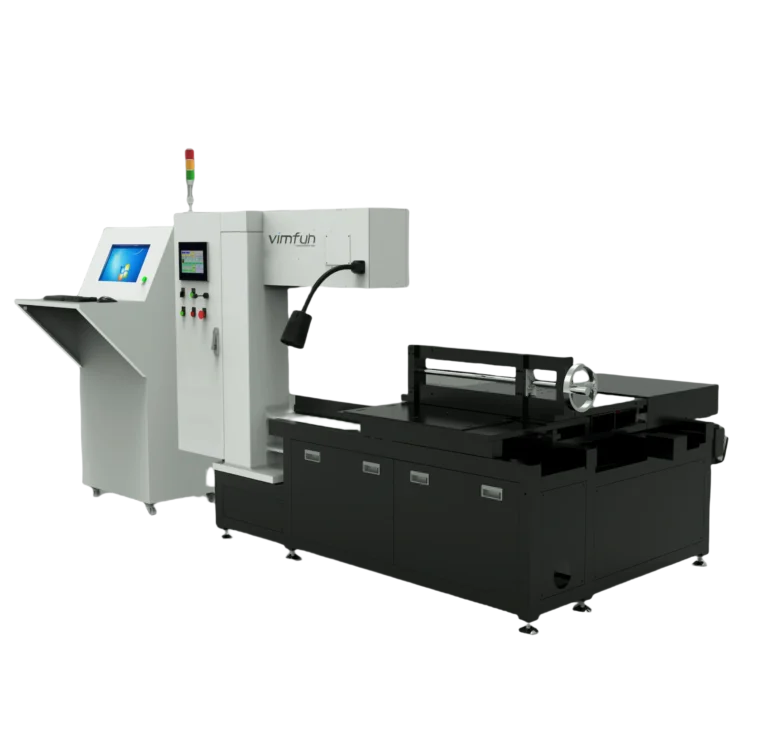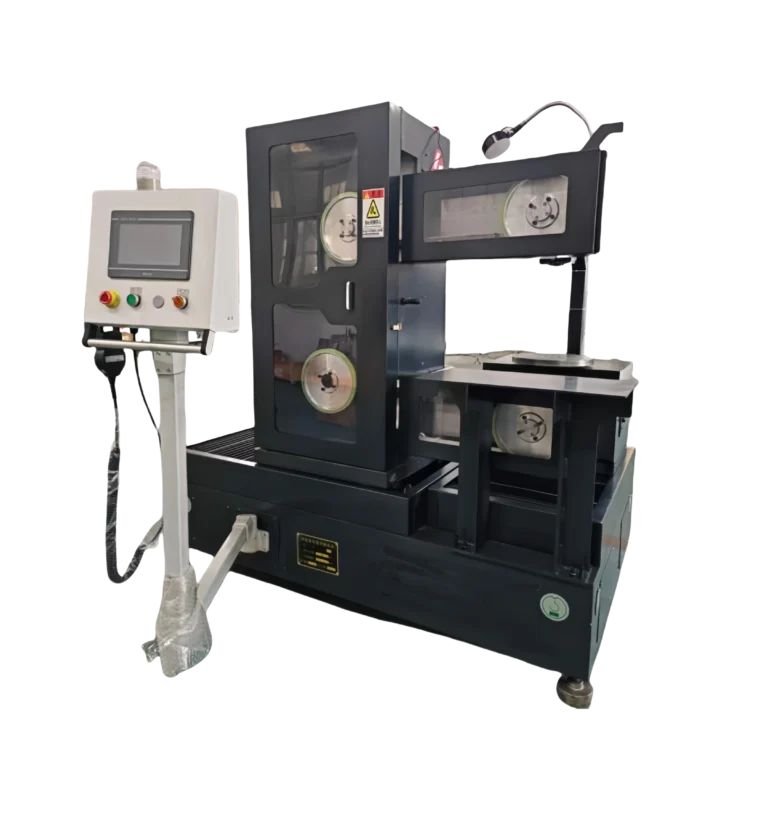Graphite cutting is a key process in applications involving EDM electrodes, high-temperature molds, and energy storage systems. When it comes to high-density graphite blocks, the cutting challenge becomes even more complex due to the material’s increased brittleness, thermal sensitivity, and potential for surface cracking. To maintain dimensional accuracy, surface quality, and production efficiency, manufacturers must adopt specific strategies tailored for dense graphite materials.
This article explores the best practices in diamond wire saw machining, setup, tool selection, and environmental control when working with high-density graphite

1. Understand the Characteristics of High-Density Graphite
Before selecting the right cutting method, it’s important to understand how high-density graphite differs from standard grades.
- Higher compressive strength and reduced porosity make it more suitable for structural and high-performance applications.
- However, the same properties lead to lower fracture toughness, which increases the risk of edge chipping and surface defects during machining.
These characteristics call for precision tools and well-controlled cutting conditions to avoid microcracks and maintain material integrity.
2. Use Diamond Wire Saw for Precision and Surface Quality
Among available methods, the diamond wire saw stands out as the optimal choice for graphite block cutting, especially when dealing with dense and brittle materials.
Advantages include:
- Minimal kerf loss: Diamond wire saws create a narrow cut, preserving more material and reducing dust generation.
- Low mechanical stress: The cutting process relies on abrasion rather than shear force, minimizing surface damage.
- Superior surface finish: Wire cutting leaves a smooth surface, reducing the need for secondary grinding or polishing.
👉 Click here to explore our diamond wire saw machines designed for precision graphite cutting.
In contrast, conventional band saws or disc cutters may generate vibration or localized heating, increasing the risk of delamination or cracking in high-density graphite.
3. Optimize Cutting Parameters for Density and Grain Size
To achieve consistent results, it is crucial to calibrate the cutting parameters based on the specific graphite grade:
- Wire speed: Typically 800–1500 m/min for high-density graphite. Slower speeds may result in material pull-out, while excessive speed can overheat the cut zone.
- Feed rate: Must be carefully balanced. A too-fast feed can cause cracks, while too slow reduces productivity.
- Cooling/lubrication: Use clean, filtered water (if wet cutting is possible) to cool the wire and reduce dust. For dry cutting, install an efficient vacuum system.
Adjusting these values to match the block size, orientation, and grain structure is key to maintaining consistency across batches.
4. Select the Right Diamond Wire Specification
Not all diamond wires are created equal. The ideal specification for cutting dense graphite includes:
- Smaller diamond grit size (e.g., D60–D80) to reduce surface roughness.
- Medium to high diamond concentration for stable cutting without increasing the wire tension too much.
- Electroplated or resin-bonded wire types, depending on whether you prioritize longevity or surface quality.
Resin-bonded wires are especially useful when cutting highly brittle or fine-grained graphite because they reduce micro-crack formation.
5. Ensure Machine Stability and Tension Control
Machine setup has a direct impact on the quality of the cut. For best results:
- Maintain consistent wire tension throughout the cutting process. Automatic tensioning systems are highly recommended.
- Avoid wire vibration or runout, which can occur due to pulley misalignment or worn bearings.
- Use a graphite dust enclosure or sealed chamber to reduce airborne particles and protect operators and electronics.
These practices not only improve cut quality but also extend the lifespan of both wire and equipment.
6. Implement Pre-Cut Material Preparation
To reduce internal stress and avoid edge chipping, consider the following:
- Pre-heat the blocks slightly in colder environments to reduce thermal shock.
- Use a compressed air blow-off or vacuum to remove surface dust before cutting.
- Inspect for existing microcracks, which can propagate during machining if not addressed.
This is especially important in applications requiring tight tolerances or surface bonding.
7. Summary: Key Takeaways for Cutting Dense Graphite Blocks
Cutting high-density graphite blocks requires a precise balance of machine capability, tool selection, and cutting control. Best practices include:
| Practice | Recommendation |
|---|---|
| Cutting Method | Diamond wire saw for low stress and high accuracy |
| Wire Grit Size | D60–D80 (fine grit) |
| Feed Rate | Moderate, with stable control |
| Cooling System | Water cooling or dust vacuum (depending on setup) |
| Pre-cut Checks | Clean surfaces, inspect cracks, stabilize temperature |
| Machine Features | Stable wire tension, dust control system, minimal vibration |
By integrating these practices, manufacturers can improve yield, reduce tool wear, and achieve better dimensional control when machining dense graphite materials.






